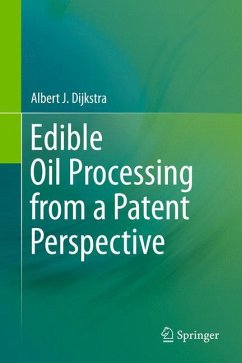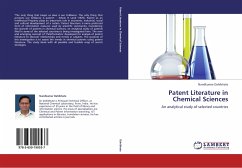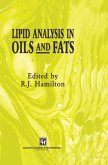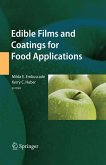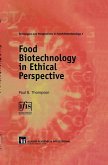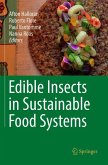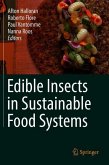This book explains a variety of aspects of the patent process, using the example of recent developments in edible oil processing. The author explains patent jargon and offers amusing and illustrative personal insights and remarks.
Patent literature has always been a mine of information, but until recently, it was difficult to access. Now, with the Internet, access to all patent documents is almost instantaneous and free. However, interpreting the technical information provided by patent literature requires a certain skill. This monograph aims to provide that skill by explaining patent jargon and providing background information on patenting.
Patents dealing with edible oil processing are used to explain various aspects of patenting. To make the explanations less impersonal, some have been larded with personal remarks and experiences. Accordingly, this monograph is intended for scientists and engineers dealing with edible oils and fats who want to extend their sources of technical information. Hopefully, it will inspire them to innovate, help them to avoid duplication, and provide them with some amusement.
Patent literature has always been a mine of information, but until recently, it was difficult to access. Now, with the Internet, access to all patent documents is almost instantaneous and free. However, interpreting the technical information provided by patent literature requires a certain skill. This monograph aims to provide that skill by explaining patent jargon and providing background information on patenting.
Patents dealing with edible oil processing are used to explain various aspects of patenting. To make the explanations less impersonal, some have been larded with personal remarks and experiences. Accordingly, this monograph is intended for scientists and engineers dealing with edible oils and fats who want to extend their sources of technical information. Hopefully, it will inspire them to innovate, help them to avoid duplication, and provide them with some amusement.
From the reviews: "This book consists of 12 chapters and 290 pages of valuable information, well referenced with regards to topics and authors. It is easy to read and flows well with several humorous anecdotes and comments. I have used it several times to great effect on current projects. I can strongly recommend this book and is an excellent addition to any technical bookshelf." (Laurence Eyres, Food New Zealand, February/March, 2013)

